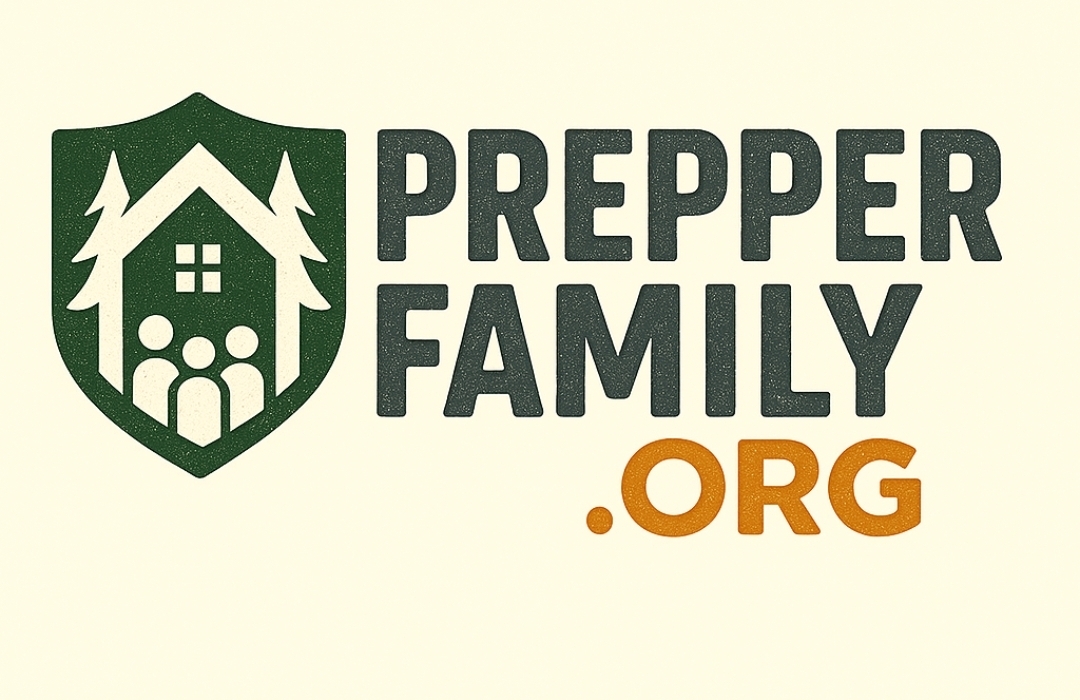Three Multi-Purpose Antiseptics
Family Practical Guide for Crises | Earthquakes • Hurricanes • Prolonged Outages • Evacuations
Before you start
This guide does not replace medical care.
For bleeding that does not stop, deep wounds, extensive burns, severe symptoms (high fever, persistent vomiting, confusion), or in infants, pregnant women, frail elderly, or people with chronic illnesses, seek professional care immediately.
Golden rules about concentrations
💧 What the bottle says = commercial concentration
- Hydrogen peroxide: usually comes at 3%
- Gentian violet: usually found at 1%
- Povidone iodine: normally at 10%
🎯 What you need to apply = usage concentration
Sometimes it’s used straight from the bottle. Sometimes it needs dilution.
How to dilute quickly (examples)
- 1 part substance + 1 part water = half the concentration (e.g. 3% → 1.5%)
- 1 part substance + 9 parts water = one tenth (e.g. 10% → 1%)
- 1 part substance + 19 parts water = one twentieth (e.g. 10% → 0.5%)
Typical presentation: 1% solution in small bottle.
Quick dilutions
- Skin fungi: dilute to 0.25–0.5% (1 part in 3 water, or 1 in 1 as needed)
- Exceptional oral use: dilute even more (≥0.1%), apply only with swab
Essential uses (step by step)
1. Skin fungi (athlete’s foot, intertrigo):
Wash and dry → apply 0.25–0.5% with swab → 2–3 times/day for 3 days.
2. Oral thrush (adults only, crisis, last option):
Apply minimally with swab on lesions. Do not swallow. Do not prolong.
Strategic tricks
- Mark wound/blister edges to check if redness spreads
- Prevent fungi in moist interdigital spaces: a thin layer for 2–3 days
- Spot mold control on non-critical wood (gloves, ventilation)
Warnings
- Possible carcinogenicity in animals; use as little as possible
- Stains skin and clothing
- Avoid in babies, pregnancy, and breastfeeding
- External use only
| Use | Concentration |
|---|---|
| Skin fungi | 0.25–0.5% |
| Adult thrush | Very diluted, spot use |
| Skin marker | Straight, thin layer |
Typical presentation: 3% bottle.
Quick dilutions
- Mouth rinse: 1 part + 1 part water (becomes 1.5%)
- Soften earwax: straight 3%
- Dirty superficial wound: straight 3%, brief
Essential uses (step by step)
1. Dirty superficial wound:
Wash with water/soap → apply 3% for a few seconds → rinse → cover.
2. Occasional mouth rinse:
1:1 with water (becomes 1.5%) → swish 30 s → spit.
3. Earwax (adults, intact eardrum):
5–10 drops of 3% → wait 5–10 min → rinse warm.
4. Disinfection of non-porous surfaces:
Apply 3% generously → leave ≥1 min → rinse if kitchen.
Strategic tricks
- Remove blood stains on fabric: apply 3% straight → rinse
- Deodorize clothes/containers: spray 3% → rest 10 min → rinse
- Anti-odor kit: mix 1 L H₂O₂ 3% + ¼ cup baking soda + 1 tbsp soap → apply and rinse (do not store)
- Toothbrushes: soak in 3% for 10 min
Warnings
- Do not mix with vinegar (forms peracetic acid, corrosive)
- Do not use in eyes or drink
- Not suitable for water purification
| Use | Concentration/Time |
|---|---|
| Dirty wounds | 3%, brief |
| Mouth rinse | 1.5% |
| Earwax | 3%, drops |
| Surfaces | 3%, ≥1 min |
Typical presentation: 10% bottle (Betadine®).
Quick dilutions
- Irrigated wounds: 1 part + 9 parts water = 1%
- Gargles: 1 part + 19 parts water = 0.5%
- Water purification: 8 drops of 10% per liter (double if cloudy)
Essential uses (step by step)
1. Skin antisepsis before dressings:
apply 10% straight → let dry.
2. Wound irrigation:
1% diluted (1 part in 9 water).
3. Support gargles:
0.5% (1 part in 19 water) → gargle 30 s → spit.
4. Last-resort water purification:
8 drops 10% per liter → wait 30 min (1 h if cold/cloudy).
Strategic tricks
- Brief foot baths for macerated feet: 1–2% for 5–10 min → dry well
- Disinfection of dressing utensils (tweezers, scissors): immersion 10–15 min
- Viral outbreaks in shelters: gargles 0.5% before close contact (if no contraindications)
Warnings
- Avoid in iodine allergy, pregnancy, breastfeeding, young children, and thyroid disease
- Prolonged use may alter thyroid tests
- Do not use in eyes
| Use | Concentration |
|---|---|
| Skin before dressing | 10% straight |
| Irrigation | 1% |
| Gargles | 0.5% |
| Purify water | 8 drops/L |
30-Second Decision Kit (for emergencies)
Multiple uses at a glance
✅ Stay calm and act with knowledge
These three antiseptics can cover most emergency situations. Always remember to prioritize safety and seek professional help when necessary.
🛒 Recommended Products
Sources
- World Health Organization. (2019). WHO Model List of Essential Medicines, 21st List. Geneva: World Health Organization.
- Centers for Disease Control and Prevention. (2020). Antiseptics and Disinfectants. Atlanta: CDC.
- Karpanen, T. J., et al. (2010). The antimicrobial efficacy of copper alloy furnishing in the clinical environment. Infection Control & Hospital Epidemiology, 31(4), 397-403.
- McDonnell, G., & Russell, A. D. (1999). Antiseptics and disinfectants: activity, action, and resistance. Clinical Microbiology Reviews, 12(1), 147-179.
- Drosou, A., Falabella, A., & Kirsner, R. S. (2003). Antiseptics on wounds: an area of controversy. Wounds, 15(5), 149-166.
- Bigliardi, P. L., et al. (2017). Povidone iodine in wound healing: A review of current concepts and practices. International Journal of Surgery, 44, 260-268.



